Chrysoperla Carnea
(Green Lacewing)
Chrysoperla carnea, also known as the green lacewing, is a highly effective predator of soft-bodied insects such as aphids, mealybugs, whiteflies, and scale insects. Both the larvae and adults are voracious feeders, with larvae being especially effective in pest control. C. carnea is commonly used in integrated pest management (IPM) programs, particularly in greenhouses and vegetable crops. This species is environmentally friendly, as it helps reduce the reliance on chemical pesticides, promoting sustainable agriculture and enhancing biodiversity.
Description
Chrysoperla carnea, also known as the green lacewing, is a highly effective predator of soft-bodied insects such as aphids, mealybugs, whiteflies, and scale insects. Both the larvae and adults are voracious feeders, with larvae being especially effective in pest control. C. carnea is commonly used in integrated pest management (IPM) programs, particularly in greenhouses and vegetable crops. This species is environmentally friendly, as it helps reduce the reliance on chemical pesticides, promoting sustainable agriculture and enhancing biodiversity.Targets
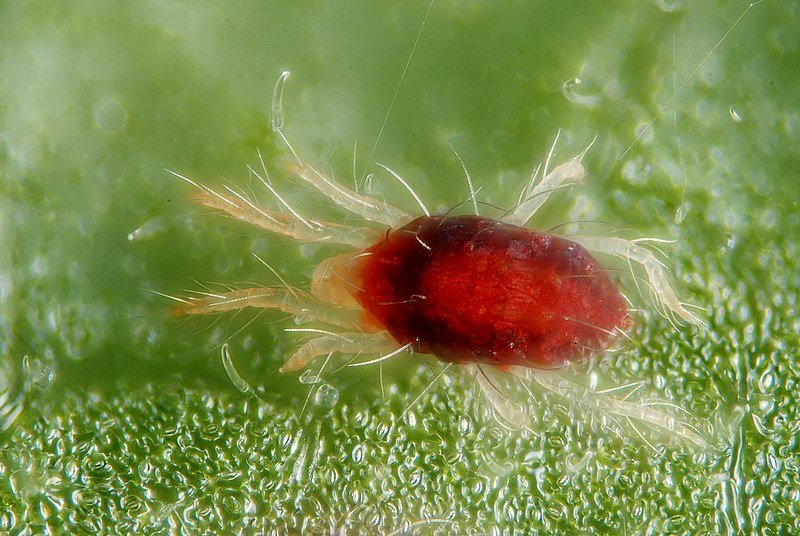
Spider Mites
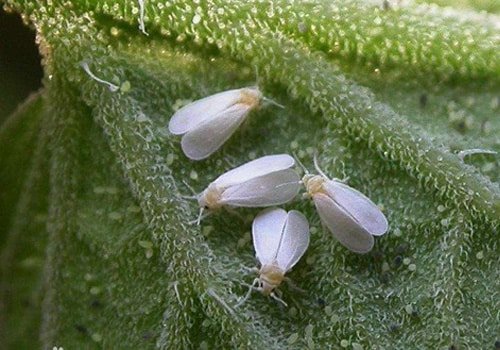
Whiteflies
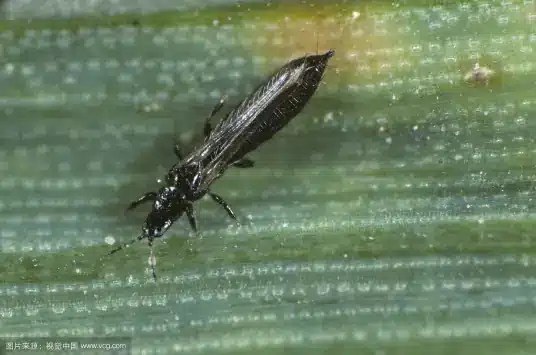
Thrips
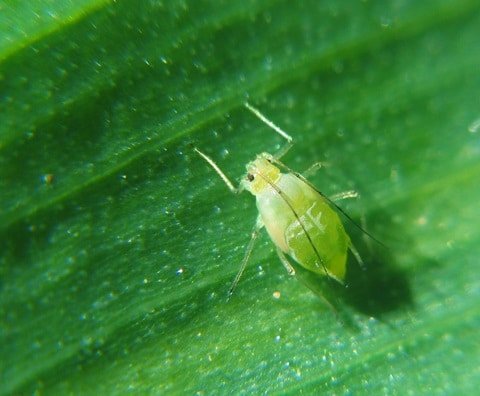
Aphids
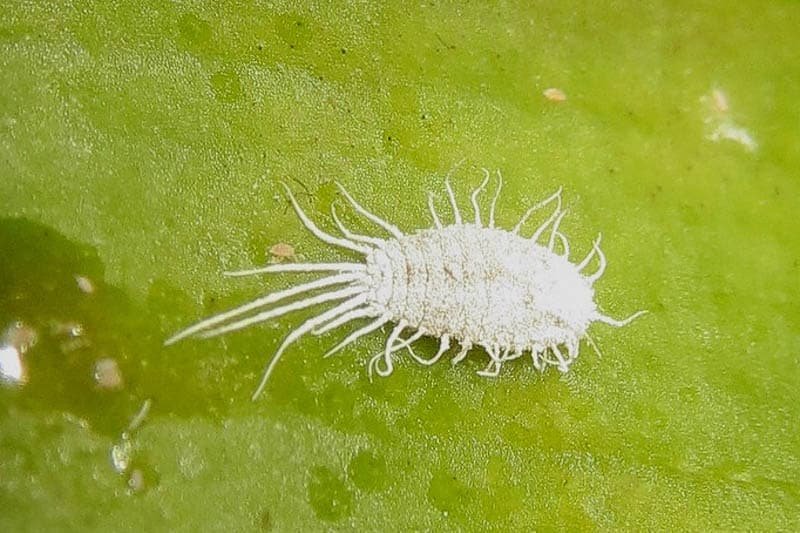
Mealybugs
Handling Guidelines
Distribute lacewing eggs evenly across affected areas by gently sprinkling them onto foliage or placing them in small, shaded clusters. To ensure their viability, avoid direct sunlight,
excessive heat, and refrain from using chemical pesticides 3–5 days before and after release.
Application
To apply Chrysoperla carnea, release the lacewing eggs as soon as you notice pests starting to appear. For moderate pest problems, apply around 2,000 to 5,000 eggs per hectare. If the infestation is more serious, you can increase the amount accordingly. It’s best to release them once a week or more often if pest numbers remain high.Storage
Store Chrysoperla carnea larvae in their original container at a temperature between 8°C and 10°C (46°F – 50°F). Always keep the container upright to protect the larvae and maintain their quality. For best results, use the product within 28 hours of receiving it to ensure the larvae are active and ready to hunt pests effectively.
